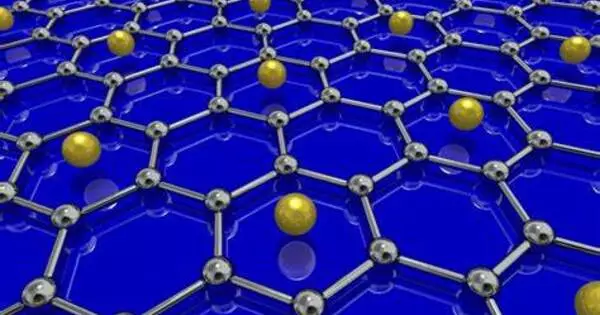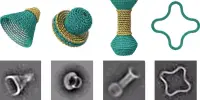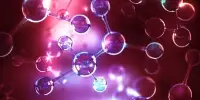Superconductors are typically created using a variety of techniques such as chemical synthesis, thin-film deposition, and material engineering. Researchers are working to find or create materials with the desired superconducting properties. These materials are then formed into the shapes required for specific applications.
The future of electronics will be built on new materials. However, the naturally occurring topology of atoms can make it difficult to create new physical effects. To address this issue, researchers at the University of Zurich have created new states of matter by designing superconductors one atom at a time.
What will the future computer look like? How will it function? The pursuit of answers to these questions is a major driving force behind basic physical research. There are numerous scenarios that could occur, ranging from further development of classical electronics to neuromorphic computing and quantum computers.
All of these approaches have one thing in common: they are based on novel physical effects, some of which have previously only been predicted in theory. Researchers go to great lengths and use cutting-edge technology in their search for new quantum materials that will allow them to create such effects. But what if no suitable materials are found naturally?
The researchers created the necessary materials one atom at a time. They are concentrating on novel types of superconductors, which are especially intriguing because they have zero electrical resistance at low temperatures.
Novel approach to superconductivity
A possible solution was presented in a recent study published in Nature Physics by the research group of UZH Professor Titus Neupert, who collaborated closely with physicists at the Max Planck Institute of Microstructure Physics in Halle (Germany). The researchers created the necessary materials one atom at a time. They are concentrating on novel types of superconductors, which are especially intriguing because they have zero electrical resistance at low temperatures.
Superconductors, also known as “ideal diamagnets,” are used in many quantum computers due to their extraordinary interactions with magnetic fields. For years, theoretical physicists have studied and predicted various superconducting states. “However, only a small number have so far been conclusively demonstrated in materials,” Professor Neupert explains.

Two new types of superconductivity
The UZH researchers predicted in theory how the atoms should be arranged to create a new superconductive phase, and the German team then carried out experiments to implement the relevant topology. They moved and deposited the atoms with atomic precision using a scanning tunneling microscope.
The magnetic and superconductive properties of the system were also measured using the same method. The researchers were able to create two new types of superconductivity by depositing chromium atoms on the surface of superconducting niobium. Similar methods had previously been used to manipulate metal atoms and molecules, but making two-dimensional superconductors with this approach had never been possible.
The findings not only confirm the physicists’ theoretical predictions but also give them reason to speculate on what other new states of matter might be created in this manner and how they might be used in future quantum computers.
The concept of building superconductors atom by atom could potentially refer to the concept of bottom-up fabrication, which involves carefully assembling individual atoms or molecules to create materials with desired properties. This approach, however, is frequently difficult and complex, necessitating advanced techniques such as scanning tunneling microscopy or atomic manipulation.
















